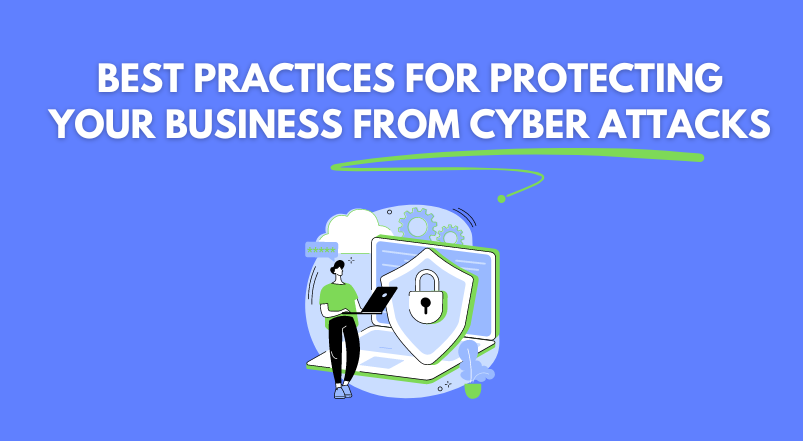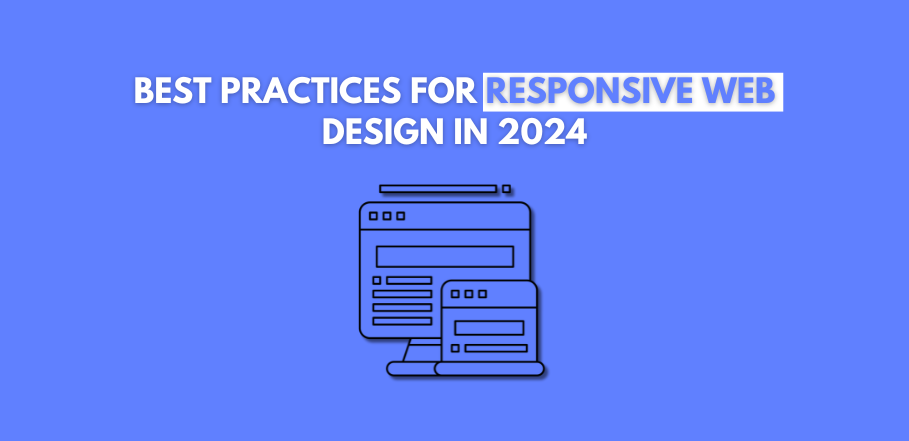
Best Practices for Protecting Your Business from Cyber Attacks
In the digital age, cyber-attacks are a significant threat to businesses of all sizes. Protecting your business from these attacks is crucial to safeguarding sensitive information, maintaining customer trust, and ensuring operational continuity. Here are the best practices for protecting your business from cyber attacks in 2024.
1. Implement Strong Password Policies
Strong passwords are your first line of defense against unauthorized access.
- Complexity: Require passwords to include a mix of upper and lower case letters, numbers, and special characters.
- Regular Updates: Enforce regular password changes and avoid the reuse of old passwords.
- Password Managers: Encourage the use of password managers to generate and store complex passwords securely.
2. Enable Multi-Factor Authentication (MFA)
Multi-factor authentication adds an extra layer of security by requiring users to provide two or more verification factors to gain access.
- Email and SMS Codes: Use codes sent via email or SMS as an additional verification method.
- Authentication Apps: Utilize authentication apps like Google Authenticator or Authy for time-based one-time passwords.
- Biometric Verification: Implement biometric verification methods, such as fingerprint or facial recognition.
3. Regularly Update and Patch Software
Keeping your software up to date is essential for protecting against known vulnerabilities.
- Automatic Updates: Enable automatic updates for operating systems, applications, and security software.
- Patch Management: Develop a patch management strategy to ensure all software is promptly updated.
- Vulnerability Scanning: Regularly scan systems for vulnerabilities and address them immediately.
4. Conduct Security Awareness Training
Educating employees about cyber security best practices is crucial for minimizing human error and reducing the risk of attacks.
- Phishing Simulations: Conduct regular phishing simulations to train employees to recognize and avoid phishing attempts.
- Cyber Security Policies: Develop and distribute clear cyber security policies and procedures.
- Ongoing Education: Provide continuous education on emerging threats and best practices.
5. Implement Robust Access Controls
Control who has access to your systems and data to minimize the risk of unauthorized access.
- Role-Based Access Control (RBAC): Assign access permissions based on job roles and responsibilities.
- Least Privilege Principle: Ensure employees have the minimum level of access necessary to perform their duties.
- Access Reviews: Conduct regular reviews of access permissions and adjust them as necessary.
6. Utilize Advanced Security Solutions
Employ advanced security technologies to detect and prevent cyber-attacks.
- Firewalls: Implement firewalls to monitor and control incoming and outgoing network traffic.
- Intrusion Detection and Prevention Systems (IDPS): Use IDPS to detect and respond to suspicious activities in real-time.
- Endpoint Protection: Deploy endpoint protection solutions to safeguard devices from malware and other threats.
7. Regularly Backup Data
Regular data backups are essential for recovering from cyber attacks and minimizing data loss.
- Automated Backups: Set up automated backup schedules to ensure data is backed up regularly.
- Offsite Storage: Store backups in a secure, offsite location to protect against physical threats.
- Test Restore Procedures: Periodically test backup and restore procedures to ensure data can be recovered quickly and accurately.
8. Develop an Incident Response Plan
Having a well-defined incident response plan can help mitigate the impact of cyber-attacks and ensure a quick recovery.
- Preparation: Develop a comprehensive incident response plan outlining roles, responsibilities, and procedures.
- Detection and Analysis: Implement tools and processes to detect and analyze security incidents.
- Containment, Eradication, and Recovery: Establish procedures for containing and eradicating threats and recovering from attacks.
- Post-Incident Review: Conduct a post-incident review to identify lessons learned and improve future response efforts.
9. Monitor Networks and Systems
Continuous monitoring is essential for detecting and responding to cyber threats in real-time.
- Security Information and Event Management (SIEM): Use SIEM tools to aggregate and analyze security data from across your network.
- Threat Intelligence: Subscribe to threat intelligence services to stay informed about the latest cyber threats.
- Regular Audits: Conduct regular security audits to assess the effectiveness of your security measures and identify areas for improvement.
Conclusion
Protecting your business from cyber-attacks requires a comprehensive approach that includes strong password policies, multi-factor authentication, regular updates, employee training, robust access controls, advanced security solutions, regular backups, a well-defined incident response plan, and continuous monitoring. By implementing these best practices, you can safeguard your business from cyber threats and ensure a secure digital environment. At EZ Brand Builders, we are dedicated to helping you build a resilient and secure brand presence. Stay proactive and vigilant to protect your business in 2024 and beyond.









